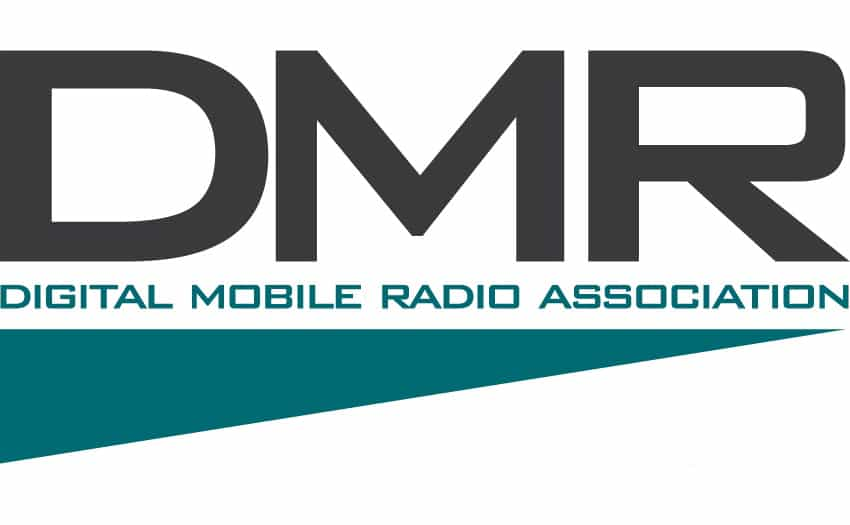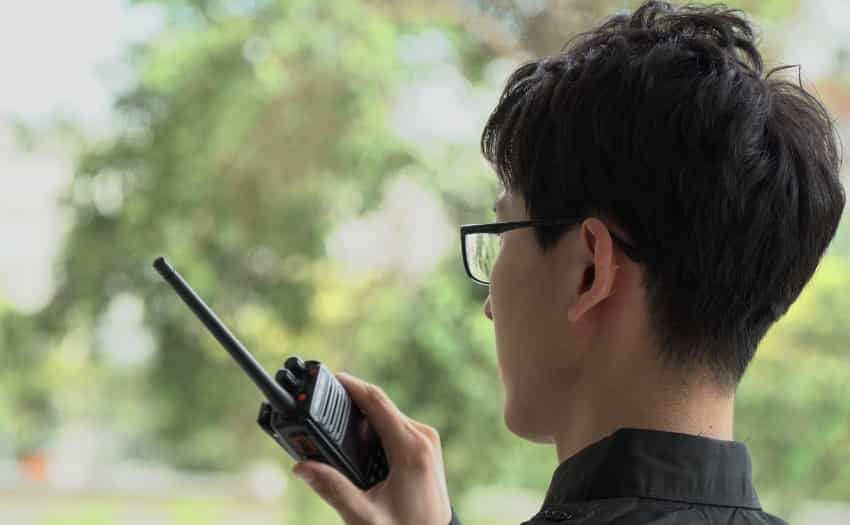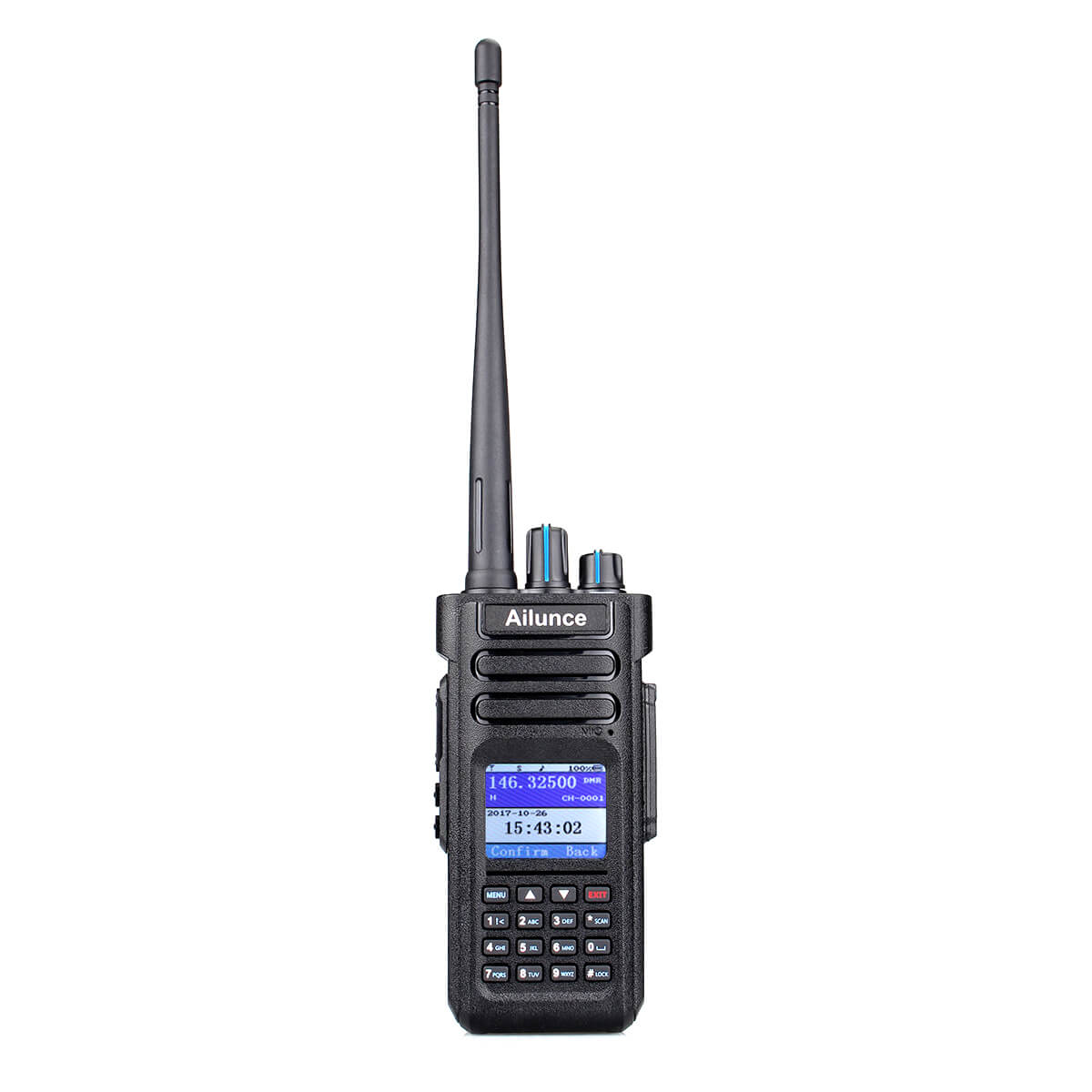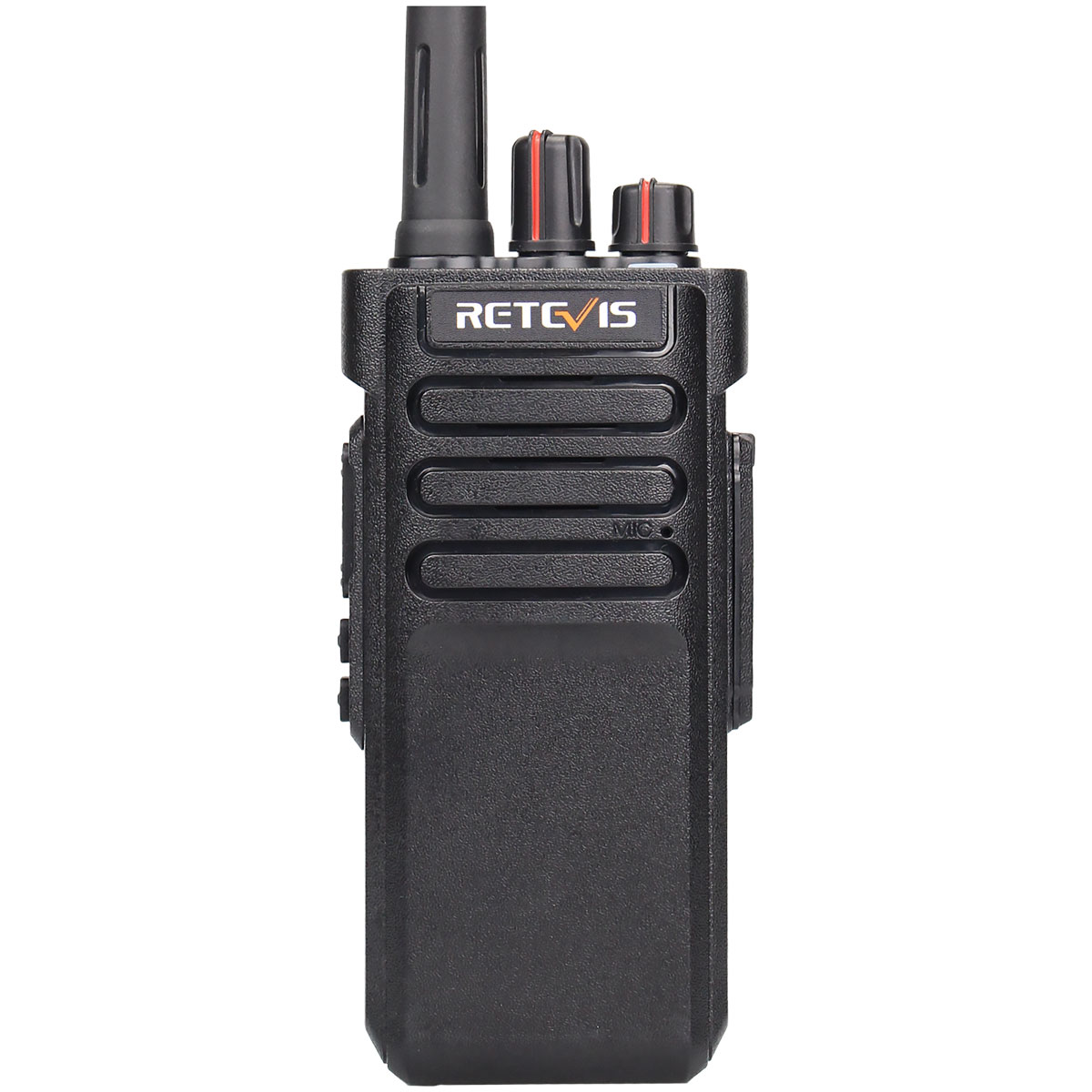What is the features of DMR digital radio?

DMR digital radio also called digital mobile radio, digital Mobile Radio (DMR) is an international digital radio standard developed by the European Telecommunications Standards Institute (ETSI), and first ratified in 2005. More than a decade ago, vendors and users of radio systems recognized that the existing analog trunking standards required updates with modern techniques to provide improved voice quality, functionality, security, and channel efficiency.
Compared with traditional analog radios, do you know what are the features of DMR digital radios? How did it behave?
DMR digital radios main features:
Compared with traditional analog systems and other digital systems, DMR systems have many advantages. The advantages are as follows:
• Existing authorized channel capacity doubled
One of the main advantages of DMR is that a single 12.5kHz channel can support two simultaneous and independent calls through TDMA. According to the DMR standard, TDMA reserves the 12.5kHz channel width and divides it into two alternating time slots A and B, with each time slot as a separate communication path.
• Compatible with traditional analog systems
It is important for license holders to retain their existing licenses to ensure compatibility with their traditional radio or analog systems of external agencies (such as on-site contractors). Since DMR uses 12.5kHz channels, the required spectrum compatibility is built-in.
• Efficient use of infrastructure equipment
Another advantage of the DMR TDMA method is that it uses a repeater, an antenna and a simple duplexer to obtain two communication channels. Compared with FDMA solutions, dual-slot TDMA can achieve an efficiency of 6.25kHz, while minimizing the investment in repeaters and combined equipment.
• Longer battery life and greater power efficiency
Battery life has always been one of the biggest challenges for mobile devices. In the past, options for increasing the talk time on a charge were limited. However, dual-slot TDMA provides a good solution. Since a single call uses only one of the two time slots, only half of the transmitter capacity is required. The transmitter is idle for half of the time, that is, it is an unused time slot "round" at any time.
 Retevis DMR digital radio for security use
Retevis DMR digital radio for security use
• Easy to use and create data applications
The end-to-end digital feature of DMR makes it easy to add GPS SMS and telemetry applications to devices and systems. The DMR standard also supports wireless IP data transmission, making it easy to develop standard applications. With the increasing dependence of modern society on data and voice communication, adding a wide range of data applications to the system can bring the greatest return on investment. In fact, adding business-enhanced data services and applications to wireless communication systems is one of the main driving forces that drive users to switch to digital communications. The channel capacity doubling achieved by the DMR scheme is also crucial for adding data applications. In order to maintain the same quality level of existing voice services, additional data transmission capacity must be available. This is particularly important for applications such as automatic vehicle positioning; in these applications, the system can generate a huge amount of information to keep the location constantly updated. Although this is a very valuable tool for business users, it is very likely that additional capacity will be needed to ensure that voice services are not affected. The DMR solution provides the required additional capacity in a simple and clear way.
• System flexibility brought by synchronous use of TDMA channels
In the TDMA system, when the voice uses the first time slot, the second time slot can be used to transmit application data in parallel with the call operation, such as text messages or positioning data. This is very useful in scheduling systems that provide both verbal and visual scheduling instructions. useful. In a world with increasingly rich data and information, this enhanced data capability becomes more and more important. The future development blueprint for dual-slot TDMA applications includes temporarily combining two time slots to effectively double the data rate to 9.6kb/s, or combining the two time slots to support full-duplex (similar to telephone calls) private calls . FDMA wireless communication cannot provide these functions (if you do not add additional transceivers and use additional authorized channels), because there is only one communication path in a single 6.25kHz FDMA channel, which means that you can talk, or transmit voice or data, but not both Both. And the data rate is limited to 4.8kb/sec that a single 6.25kHz channel can squeeze out.
• Advanced control functions
The DMR standard supports the use of the second time slot to send reverse channel signaling, that is, when the first channel is used for a call, the command is sent to the wireless device in the form of a signal in the second time slot. This function can be used for priority call control, remote control of transmitting signals, or priority emergency calls, providing radio system operators with precise control and flexibility. FDMA systems cannot provide similar functions because they are limited by only one call path per spectrum channel.
• Excellent audio performance
DMR digital technology can provide better noise suppression and maintain better voice quality than analog in a larger range, especially at the very edge of the transmission range. One of the reasons why DMR has excellent distance characteristics is that a lot of effort was put into the selection of forward error correction (FEC) and cyclic redundancy check (CRC) coding when formulating the standard. These encoders enable the receiving device to detect and automatically correct transmission errors by analyzing the inserted bits in the information (for the receiving device to check for errors). The DMR standard specifies 14 different available encoders, each of which matches a different type of signal transmission. Through the application of encoders and other technologies, digital processing can filter out noise and reconstruct the signal from the degraded transmission signal. Users can hear all calls more clearly-improving the effective range of the wireless solution and keeping users informed of changes in the scene.
• Supply security brought by fully open, mature, and widely supported standards
Since DMR is a completely open public standard widely supported by suppliers, buyers can be assured of the continuity of supply. There are many examples of successful integration of technology into open standards, because the standard encourages extensive supplier participation. More suppliers bring more user choices, faster product development and lower prices due to competitive pressure. Now DMR is the most widely adopted digital two-way wireless communication technology, and it is actively used in more than 100 countries to become the market-leading digital PMR technology.
Welcome to contat Retevis Solutions for more DMR radio solutions, info@retevis.com
Retevis Hot Selling DMR Radio
RT29D 10W Waterproof Long Range UHF DMR Two Way Radio
HD1 long Range Dual Band DMR radio








